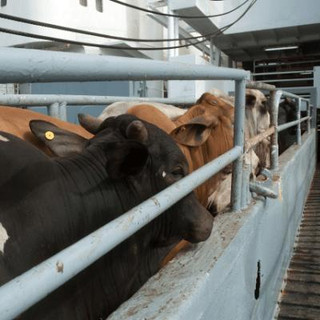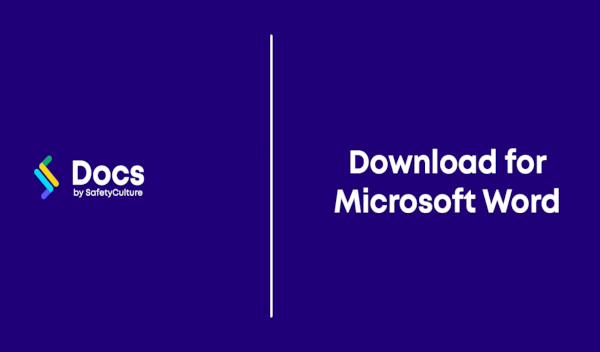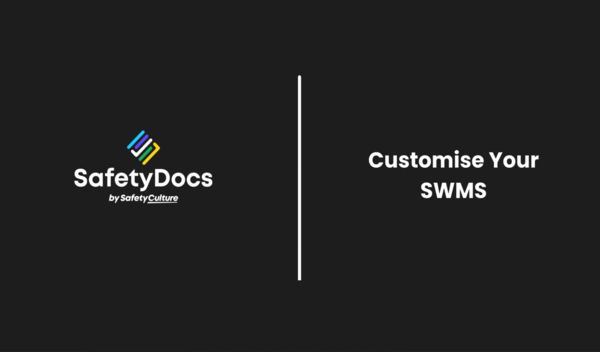Livestock Off-Loading and Loading Safe Operating Procedure
- Instant Document Delivery via Email.
- Add to your existing management system.
- Can assist in ensuring workers are adequately trained.
- Customisation instructions provided.
- Microsoft Word Format (Fully editable).
- Only pay once (no subscriptions required).
Livestock Off-Loading and Loading Safe Operating Procedure (SOP)
The Livestock Off-Loading and Loading Safe Operating Procedure (SOP) is an essential tool for safe and efficient handling of livestock during transport operations.
Contents
- Hazards: Identifies potential hazards such as animal strikes, crushing, and exposure to diseases like Q Fever and Tetanus so handlers are aware of dangers.
- Pre-Start: Outlines the checks required before beginning operations so all equipment and areas are safe and ready for use.
- Off-Loading and Loading: Provides step-by-step instructions for safely loading and unloading livestock, focusing on maintaining control and avoiding accidents.
- On Completion of Operations: Details steps to finalise paperwork confirming delivery and any maintenance or repairs.
- Worker Training and Induction Register: Includes a register to track training and induction so all workers are adequately prepared for their roles.
SOP Training Quiz
The Livestock Off-Loading and Loading SOP incorporates a training quiz designed to reinforce learning and assess worker comprehension.
- Interactive Learning: The quiz provides an engaging learning tool to test workers' understanding of the SOP.
- Assessment Format: Featuring multiple-choice and true/false questions, the quiz is structured to evaluate knowledge effectively, with answers to facilitate learning.
Purchase the Livestock Off-Loading and Loading SOP today and keep your operations running smoothly and safely.
- Instant Document Delivery via Email.
- Add to your existing management system.
- Can assist in ensuring workers are adequately trained.
- Customisation instructions provided.
- Microsoft Word Format (Fully editable).
- Only pay once (no subscriptions required).
Livestock Off-Loading and Loading Safe Operating Procedure (SOP)
The Livestock Off-Loading and Loading Safe Operating Procedure (SOP) is an essential tool for safe and efficient handling of livestock during transport operations.
Contents
- Hazards: Identifies potential hazards such as animal strikes, crushing, and exposure to diseases like Q Fever and Tetanus so handlers are aware of dangers.
- Pre-Start: Outlines the checks required before beginning operations so all equipment and areas are safe and ready for use.
- Off-Loading and Loading: Provides step-by-step instructions for safely loading and unloading livestock, focusing on maintaining control and avoiding accidents.
- On Completion of Operations: Details steps to finalise paperwork confirming delivery and any maintenance or repairs.
- Worker Training and Induction Register: Includes a register to track training and induction so all workers are adequately prepared for their roles.
SOP Training Quiz
The Livestock Off-Loading and Loading SOP incorporates a training quiz designed to reinforce learning and assess worker comprehension.
- Interactive Learning: The quiz provides an engaging learning tool to test workers' understanding of the SOP.
- Assessment Format: Featuring multiple-choice and true/false questions, the quiz is structured to evaluate knowledge effectively, with answers to facilitate learning.
Purchase the Livestock Off-Loading and Loading SOP today and keep your operations running smoothly and safely.


